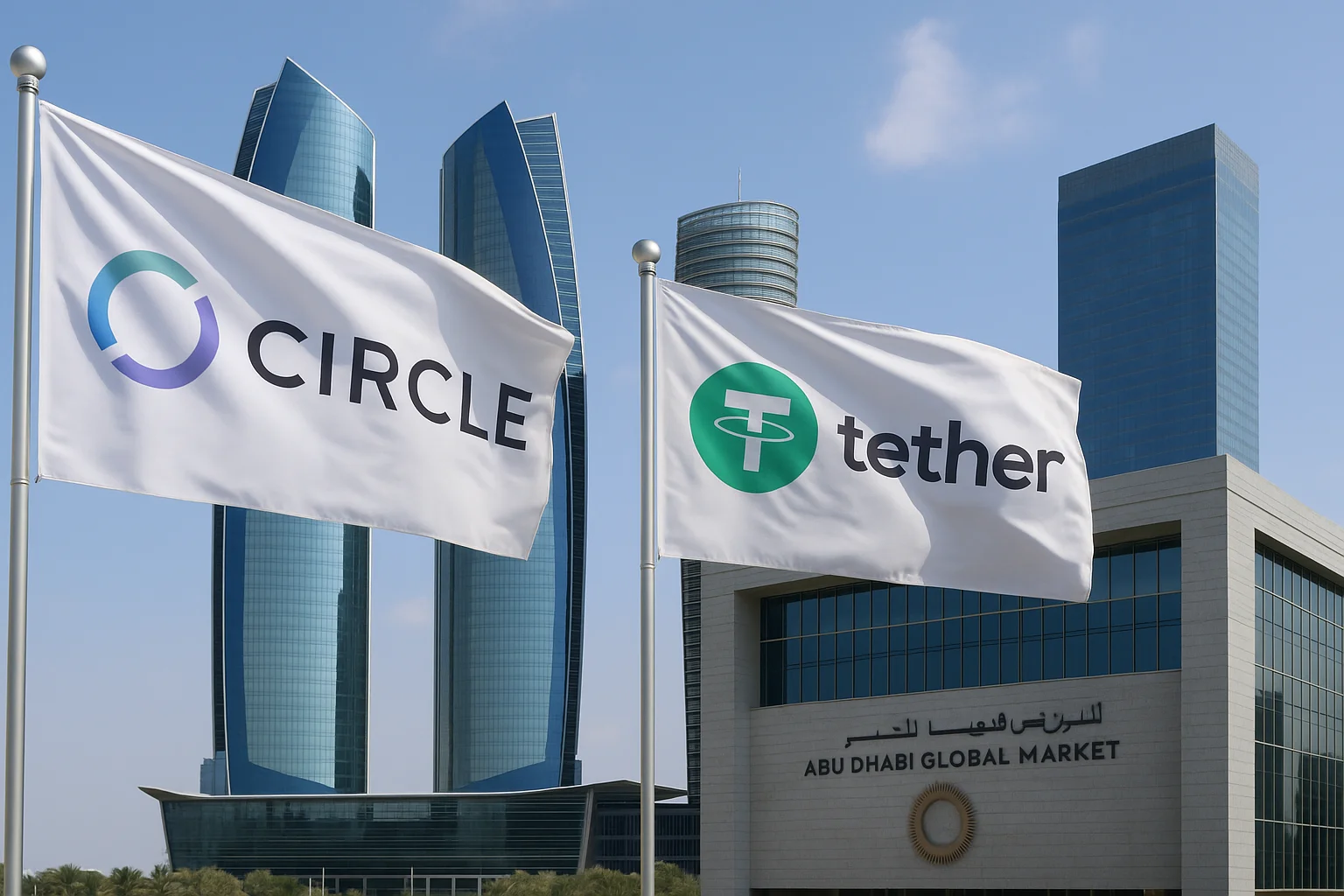The long-discussed quantum threat on Ethereum is no longer a technical possibility but a timely warning. Ethereum co-founder Vitalik Buterin, appearing on the DevConnect stage, stated that the acceleration of quantum computer research could weaken the existing cryptographic infrastructure and emphasized that the ecosystem must strengthen its defenses "within the next four years."
Buterin's message was clear: This isn't an abstract security debate; it's a technical alarm directly concerning Ethereum's future and the integrity of user assets. He even linked the timeline to the 2028 US presidential election, laying out a goal that aligns with global political and technological agendas.
Why is current cryptography risky compared to quantum?
Ethereum currently uses elliptic curve cryptography for transaction verification, account security, and signature verification. This method is quite secure for classical computers. However, a quantum machine with sufficient scale can use Shor's algorithm to derive a user's private key from their public key. This makes not only wallets but also a wide range of applications, from smart contracts to Layer 2 infrastructure, vulnerable. Buterin stated that the real danger should begin "before quantum supremacy is declared," and that Ethereum should move with a planned transition, not panic. Forcing hasty updates to the protocol could lead to both structural errors and a chain split.
How will the transition occur? A clear four-year timeframe
Buterin stated that Ethereum should complete the transition to quantum-resistant cryptography within a roughly four-year timeframe. This approach provides developers with a reasonable time to test and implement new algorithms and manage the user-side transformation.
However, this process doesn't solely fall on the shoulders of core developers. The entire ecosystem, from exchanges and wallet developers to L2 teams and enterprise infrastructure providers, requires coordinated action. Given Ethereum's massive technical and economic network, a cryptography migration of this scale requires significant engineering effort.
Where should innovation shift?
Buterin stated that frequent changes to the core protocol are risky, and that innovation should now be focused more on Layer 2 platforms, smart wallets, and privacy tools. This approach aligns with Ethereum's long-term strategy of keeping its core more stable while leaving experimental and rapidly developing features to the upper layers.
Rollups and other L2 solutions stand out as areas that improve the user experience and provide a suitable environment for testing new cryptographic structures. This allows for the development of nascent technologies without threatening the stability of the underlying protocol.
Wallets and privacy tools will be at the forefront
Wallets will be the most acutely felt part of the transition. Users will need to migrate to new signature schemes, update their addresses, and perform key rotations. For this transition to be seamless, an interim period where wallets simultaneously support both classical and quantum-resistant algorithms is essential.
Similarly, privacy-focused solutions must integrate new cryptographic standards to prepare transaction data and identity information for the post-quantum era.




